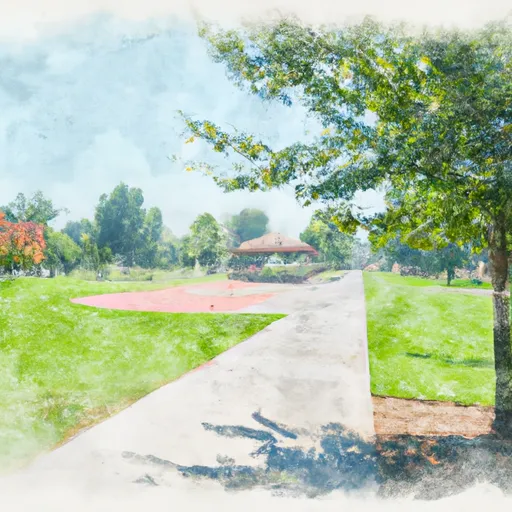°F
°F
mph
Windspeed
%
Humidity











Eldridge, Alabama is a small rural town located in Walker County. The climate in Eldridge is characterized by mild winters and hot summers, with average temperatures ranging from 35°F in January to 91°F in July. The town is situated near the Sipsey River, which is a major tributary of the Black Warrior River. The river is home to a variety of aquatic species, including bass, catfish, and sunfish. Outdoor recreation opportunities in Eldridge include fishing, boating, and hiking in the nearby Bankhead National Forest. The forest spans over 180,000 acres and offers visitors the chance to explore the natural beauty of the region, including waterfalls and scenic overlooks.
Weather Forecast
Eldridge receives approximately 1494mm of rain per year, with humidity levels near 81% and air temperatures averaging around 16°C. Eldridge has a plant hardyness factor of 7, meaning plants and agriculture in this region tend to thrive during the non-winter months.
Regional Streamflow Levels
148
Cubic Feet Per Second
711
Cubic Feet Per Second
19
Cubic Feet Per Second
3
Cubic Feet Per Second
Nearby Camping
| Camping Area | Reservations | Toilets | Showers |
|---|---|---|---|
| Lock 5 | |||
| Chickasaw State Park | |||
| Isaac Creek | |||
| Foscue | |||
| Jennings Ferry | |||
| Haines Island |



